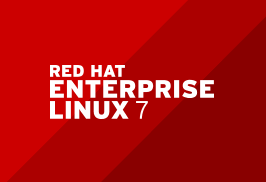For LVM Configuration need to follw the below steps.
1. Partition creation
2. Physical volume creation
3. Volume group creation
4. Logical volume creation
Here i’m using /dev/sda and /dev/sdb hard disks
Size:
/dev/sda – 500GB
/dev/sdb – 500GB
I already shared the steps to create partitions in previous post.
Click here to create new partition/filesystem in a physical disk.
Using fdisk we have to change the partition type by changing the ID.
For that we should use “t” option to change the partition type. Once we executed this, it will ask for
the Hex code of partition type. Here we need to mention “8e” as Hex code for LVM partition type.
Note: change the partition type for all HDD/ Partitions which we are going to configure LVM.
Than follow the below steps for LVM configuration.
Next we have to create physical volumes using below mentioned commands.
#pvcreate /dev/sda1 /dev/sdb1
#vgcreate -s 16M newvg /dev/sda1 /dev/sdb1
“newvg” is new volume group name and /dev/sda1, /dev/sdb1 will be added in this volume group.
Now this two hard disks will act as a single hard disk and the new size of hard disk is 1000GB.
Next we have to create logical volumes over the volume group, which is like a partitioning here.
#lvcreate -n lv1 -L 200G newvg
-n: This option is to mention the new logical volume group.
lv1: new logical volume group name.
-L: this option is to mention the size of new logical volume.
Now we have created logical volume and we should format and mount the lv.
#mkfs.xfs /dev/newvg/lv1
directory is required to mount the lv.
#mkdir /data
#mount /dev/newvg/lv1 /data
Now we successfully configured LVM. Follow the lvcreate steps to create more lv’s.



